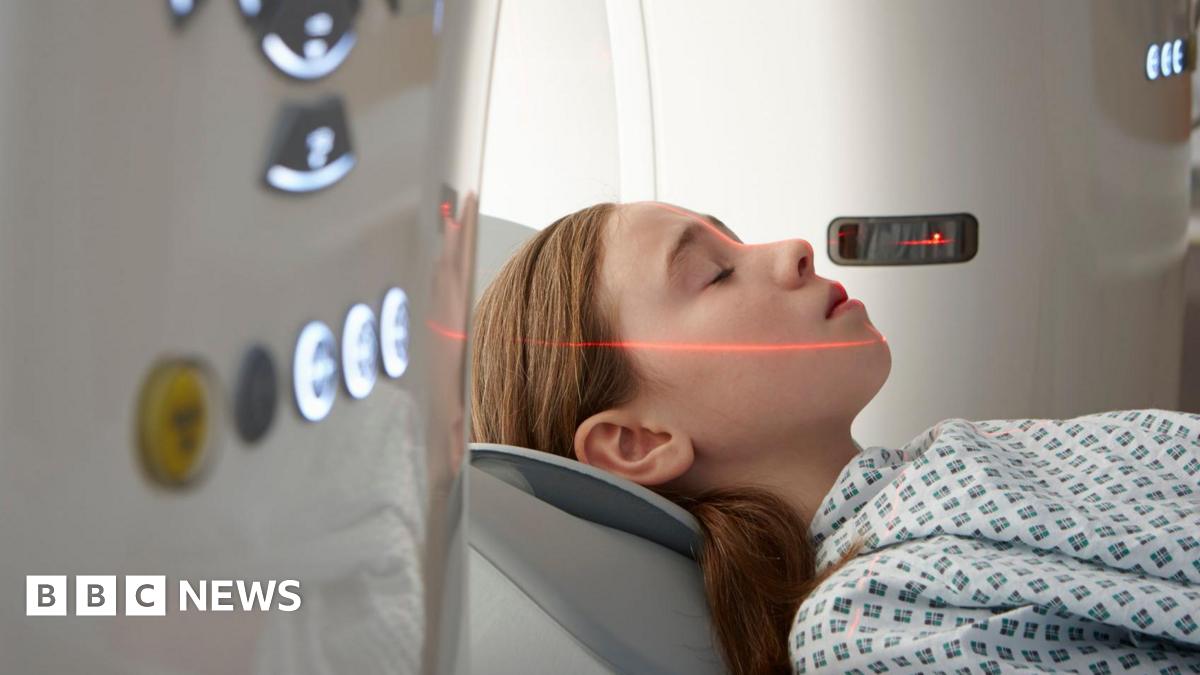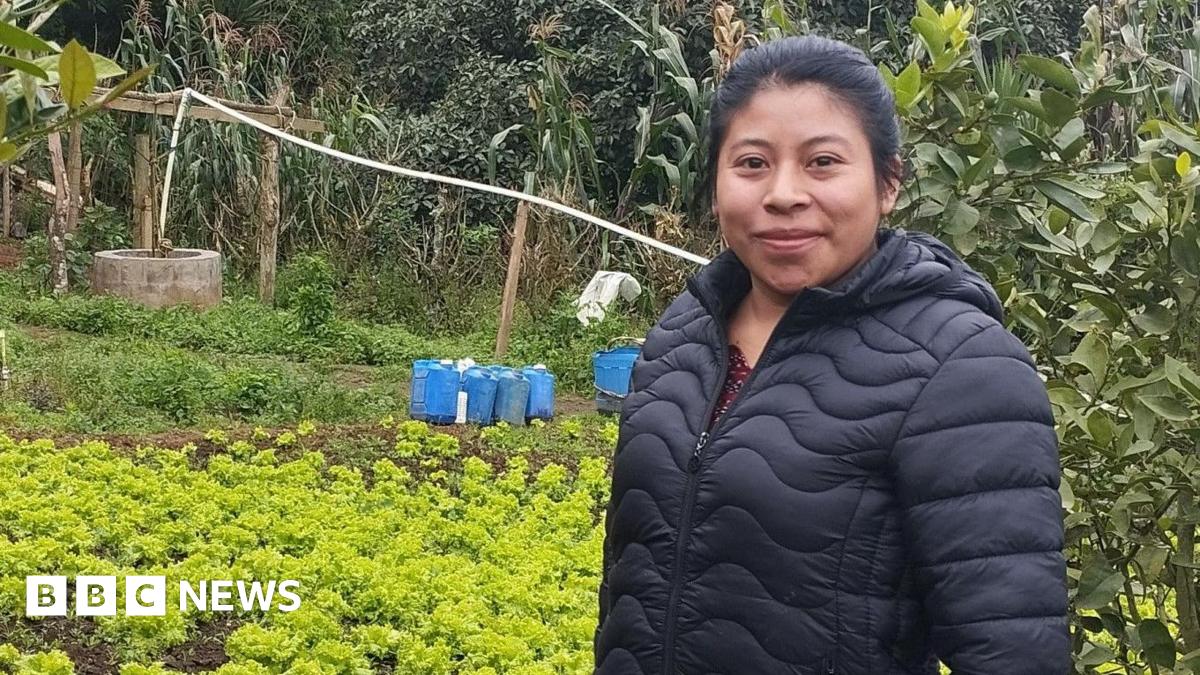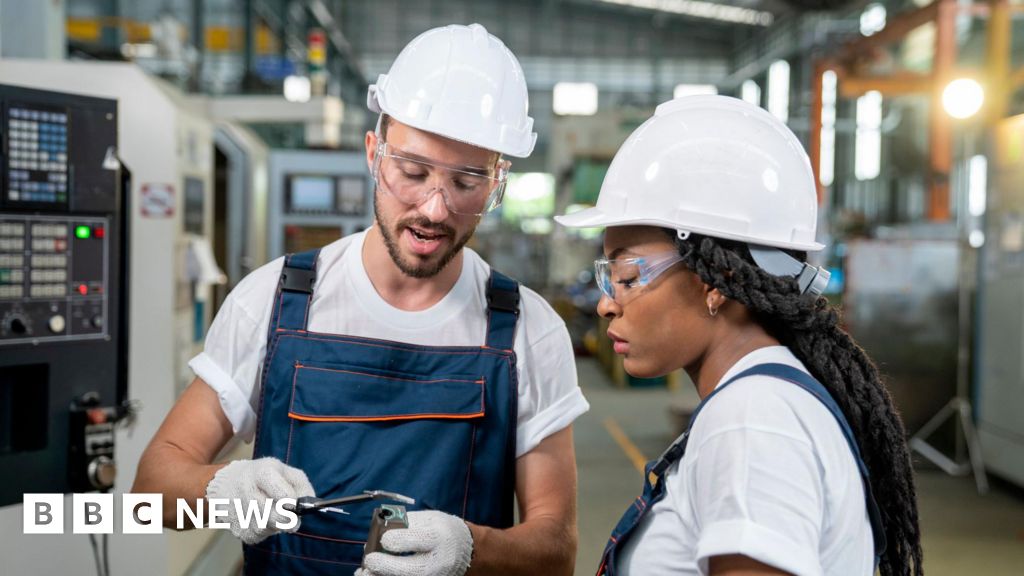Further trials of the algorithm are also now underway at hospitals in Cambridge, Cardiff, Nottingham and Southampton. “We want to build the evidence to use it across the NHS,” says Prof Javaid.
Yet while the technology can benefit individuals, there are wider ramifications that need to be considered says Sebastien Ourselin, a professor of healthcare engineering at Kings College London, who heads the AI Centre for Value Based Healthcare.
A big problem that needs to be balanced, he notes, is the extra patient numbers that the use of the technology can create. “This is increasing the demand on the healthcare system not reducing it,” he says.
First, people who are flagged by the opportunistic screening as potentially having a disease will likely need further confirmatory testing, which takes resources. And, if the AI is inaccurate or too sensitive, that could result in a lot of unnecessary testing.
Then services need to be in place for those extra people that do end up being diagnosed.
The extra load is a challenge that comes with the technology admits Prof Javaid – but there are solutions.
Patients confirmed to have the fractures in Oxford are routed for follow up to a largely nurse delivered fracture prevention service so as not to overload doctors. “The AI does force you to change your pathway,” he says.
And in the long run, believes Prof Javaid, to have a greater number of people with early-stage osteoporosis identified and receiving the preventative treatment they need will save the NHS money. “Fracture is one of the top reasons people end up in hospital,” he says.
Mr Studholme has seen the devastation of osteoporosis first hand: it led to his mother breaking both her hips. It used to just be considered an old person’s condition with nothing that could be done, he says. “I feel quite privileged I can do something before my bones turn into chalk,” he says.
Credit: Source link










